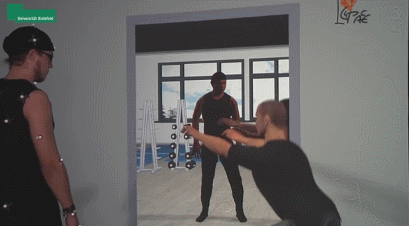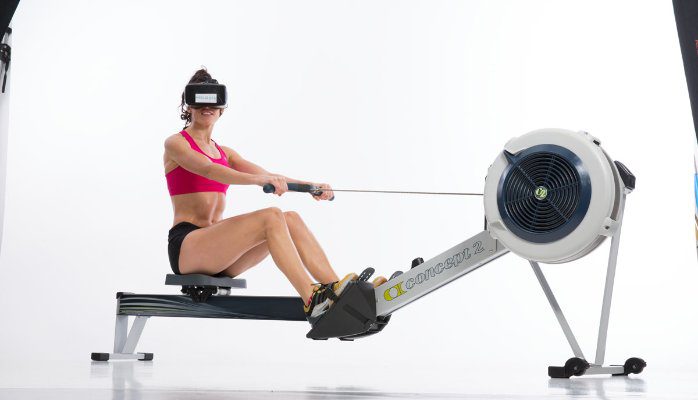Everyone knows that we are shaped by the experiences we have. We are not the same people now we were a year ago or 10 years ago because of the things that have happened in our lives. But what if those experiences are virtual? Would experiencing something in a VR world have the same effect or change us as much as a real-life experience? Researchers believe this might be the case.
Immersive experiences in virtual worlds are considered entertainment, but they could also have profound effects on who we are and how we behave. The medical community is already using VR to help patients in recovery and rehabilitation. Many are hoping VR benefits can be carried through to other aspects of health, as well as other areas of life.

According to Grace Ahn, Communications and Advertising Professor at the University of Georgia, virtual reality can inform the decisions people make. Her research is exploring just how deeply we can be affected by these VR experiences.
VR Recreates Information from the Physical World
Immersive virtual environments (IVEs) simulate multiple layers of sensory information. In addition to seeing a virtual world, people who enter into IVEs can hear sounds and touch things just as they do in the physical world.
In many IVE experiences, users are represented as humans and interact with coaches, healthcare providers, or their future selves, or they are exposed to stimuli, such as something that triggers fear. The VR experiences are controllable, by either humans or computer algorithms. By interacting in this virtual manner, users are able to experience things without really experiencing them. They are in a safe, controlled environment, but still exposed to something that can have a profound effect on them. Experiences can be completely customized to meet the specific goal.

There are already multiple studies demonstrating how IVEs can be used in therapy and as a health tool. IVEs have been incorporated into treatment related to:
- Rehabilitation
- Nutrition
- Physical activity (shown above)
- Autism
- Exposure therapy
There are numerous benefits in using IVEs in a medical capacity. Despite the experience being immersive, patients are able to explore safely and at their own pace. They know they are in a physician’s office or clinic or other safe location, which allows them to relax into the experience they are having virtually. This gives them confidence and enables them to make the most of treatment.
The element that matters most to people hoping that VR will become a true tool to help the world get fitter is that this sort of immersion proves that VR can help people make better decisions. That means people who are exposed to these types of experiences will want to live a healthier life and make fitter decisions. Will that mean they’ll be ‘trained’ to want to workout more in VR, or that they’ll just want to be living a life that includes proper diet and more exercise of any kind? That remains to be seen, but the research certainly leads researchers and medical professionals to this conclusion!
Because of the success experienced thus far through VR treatment tools, IVE technology is advancing at a lightning fast speed. Researchers believe that virtual reality will soon be the norm within the medical community and that IVE systems will be in clinics across the country and around the globe.
Is there a Downside to VR Health Treatments?
Of course, like any health treatment, not everything is positive and there are some drawbacks to utilizing IVEs in a health context. For instance, systems tend to still be very expensive. This is changing, but the technology has not reached a point where it is accessible for everyone. Quality content also requires a great deal of resources to develop and just because a clinic has access to a VR system doesn’t mean they’ll be able to implement it properly in the treatment of every patient.

Additionally, there are accessibility issues concerning who is able to use certain setups in a VR system. For instance, most systems rely on visual stimuli, so anyone who has a vision impairment would not have the same experience as someone with functional vision. There are also relatively undetected vision impairments, such as stereo blindness that prevent a person from perceiving a VR environment has three dimensional.
In addition, there are also concerns about cyber or simulator sickness, which is closely related to motion sickness. Some users have experienced lightheadedness, dizziness, and nausea after entering a virtual environment.
But there is light at the end of the tunnel with prices continuing to drop and new mobile and standalone options on the horizon. The key is that the medical community has seen the benefits and is widely accepting of the research that substantiates the use of VR to help patients of nearly any condition. That means that the community will continue to drive use and work within the costs and limitations as they improve. Will we see VR in hospitals and medical centers moving forward? With more research studies like this one, you can’t help but expect that we definitely will!






Comments are closed.